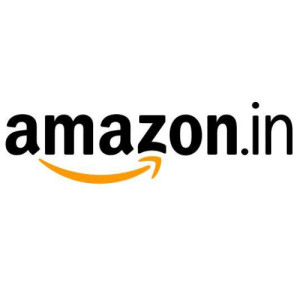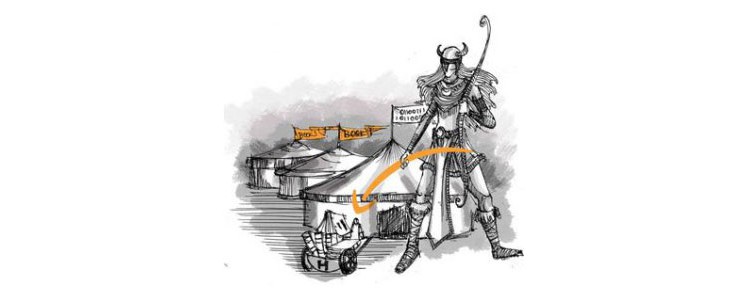Kindle books in Indian languages could be a game changer: What Amazon’s new initiative will mean for publishing in Indian languages
( My article on Kindle books being introduced in Indian languages was published in The Mint on 21 Dec 2016. )

Photo: iStock
Amazon India has announced that Kindle will launch digital books in five Indian languages—Hindi, Tamil, Marathi, Gujarati and Malayalam. The titles include Ishq Mein Shahar Hona by Ravish Kumar (Hindi), Rajaraja Chozhan by Sa. Na. Kannan (Tamil), Mrutyunjay by Shivaji Sawant (Marathi), Ek Bija Ne Gamta Rahiye by Kaajal Oza Vaidya (Gujarati), Aarachar by K.R. Meera (Malayalam) and Mayapuri by Shivani (Hindi). Kindle devices seventh generation and above will support Indic scripts, enabling readers to access such books.
This is a move that could be a game changer in India. Amazon India has moved methodically to embed itself in Indian publishing. First, it launched Kindle with free lifetime digital access provided by BSNL, but only for English e-books. In November, the acquisition of local publishing firm Westland—known for its commercial fiction best-sellers and translation programme—was completed at reportedly $6.5 million (around Rs44 crore), a small portion of the $5 billion allocated by Jeff Bezos as investment in India. In fact, Seattle-based Amazon Publishing’s translation imprint, AmazonCrossing, has surpassed all other publishers in the amount of world literature it makes available in the US. This was first highlighted in December 2015 by Chad Post, publisher, Open Letter Books, on his influential website, Three Percent. In October 2015 AmazonCrossing announced it had a $10 million budget to invest in translations worldwide. It is probably no coincidence that Amazon India vice- president and country manager Amit Agarwal has been inducted into the Bezos core team, which is responsible for its global strategy.
In an email, Post responded to the news, saying: “This seems like a great thing for Indian readers and anyone interested in Indian literature. Amazon’s stated goal is to make as many books available in as many formats to as many people as possible, and this program is a strong move in that direction. Increasing digital access to these books will be huge—it greatly expands the potential audience, and could help AmazonCrossing expand into publishing Indian writers in translation. AmazonCrossing published 60 works translated into English in 2016, which is far more than any other publisher. The majority of these titles are translated from German, French and Spanish, but AmazonCrossing has expanded into doing works from Iceland, Turkish, Chinese and Indonesian, so it makes sense that they would be interested in finding books from these five Indian languages.”
In India, this announcement could not have come at a more opportune moment. With demonetization, Indians who prefer dealing in cash are perforce moving to digital payments. Also, by July 2017, it will be mandatory for all handsets manufactured, stored, sold and distributed in India to support the inputting of text in English, Hindi and at least one more official Indian language, and support reading of text in all these languages, thus making it feasible to read books other than English on the Kindle app too.
Kannan Sundaram, publisher, Kalachuvadu, welcomed the decision: “We hope it will increase our revenue from e-books which is pretty low now. Tamilians are spread all over the world. It is near impossible to reach hard copies to them. So this will boost the chances for them to read Tamil books of their choice.” Best-selling author Ashwin Sanghi called it an “outstanding initiative by Amazon India. It’s about time that vernacular writing moved out from the confines of paperback. It will also enable out-of-print books to be made available now.” Another best-selling author, Amish Tripathi, said this will address the inadequate distribution and marketing of Indian language books, for the much larger market is the one in Indian languages. “I am personally committed to this and am very happy that of the 3.5 million copies that have been sold of my books, a good 500,000 of them are in Indian languages.” Others remarked upon the best global practices it would bring to local publishing.
Well-known Hindi lexicographer Arvind Kumar says it will influence reading patterns by encouraging cross-pollination of literature across cultures by “opening new avenues for translation of two-way Hindi to English and other Indian languages which are being introduced on Kindle, and from many non-English languages like French and German or, say, Latin American into Hindi”. Mini Krishnan, OUP, too endorsed it, saying readership in the Indian languages is healthy, so “a highly portable personal library will surely do well”.
21 December 2016











